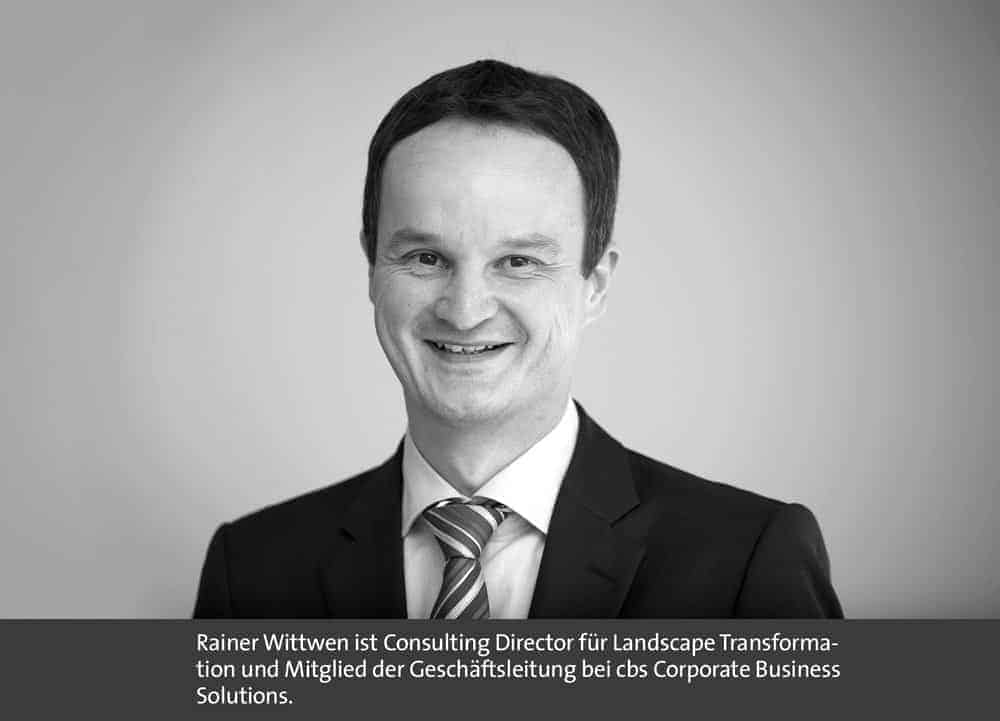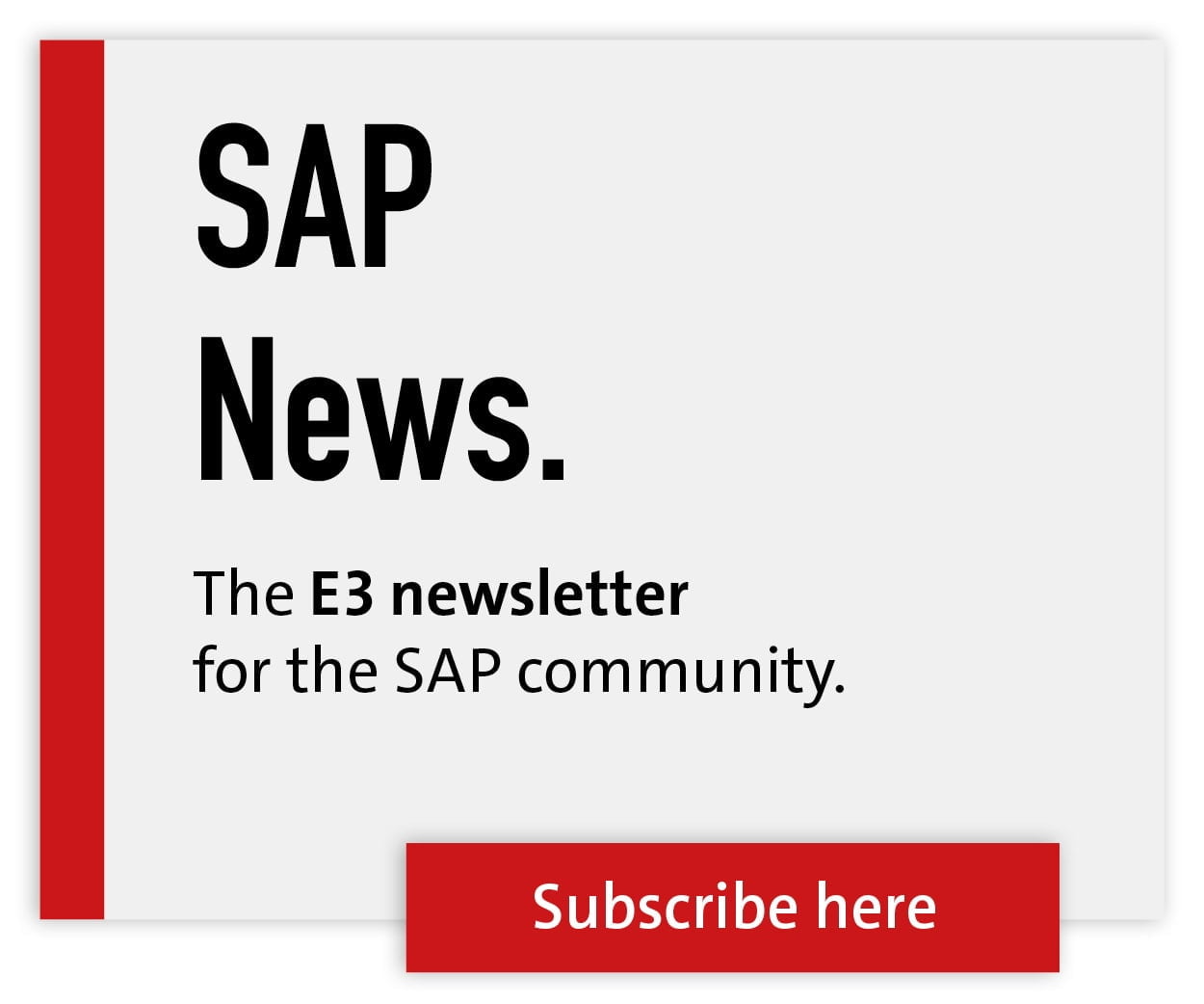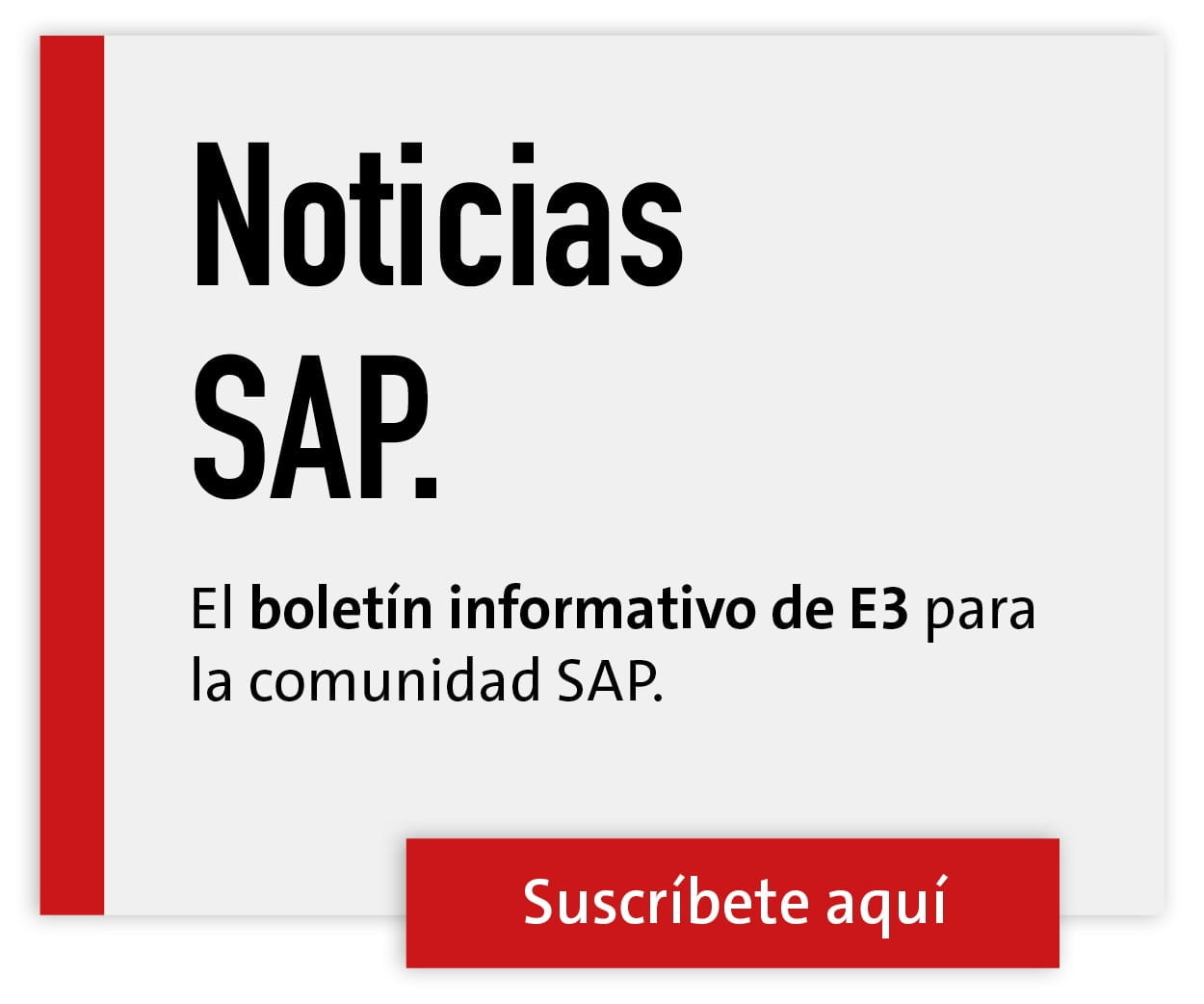Direct migration of all data to S/4


With Enterprise Transformer for S/4 Hana (cbs ET), cbs recently launched the first standard software for S/4 transformations. What can your product do more than comparable solutions from other manufacturers?
Rainer Wittwen: cbs ET is the first fully comprehensive software solution that enables SAP user companies worldwide to migrate to the new SAP Business Suite. Of course, there are other tools for data migration. But only a few are even S/4 Hana ready. cbs ET is a standard software with which an SAP customer can already transfer all his ERP data from SAP and non-SAP systems to S/4.
All structures, business objects, master and transaction data from its ERP systems - including historical documents - can be migrated directly. The transformation is minimally invasive: Ideally, users log out of the legacy system on Friday evening and can continue working on open orders, deliveries, invoices or projects in the S/4 system on Monday morning exactly where they left off before the weekend.
What does ET do for S/4 transformations?
Widows: The solution allows data to be migrated directly from different SAP ERP source releases to S/4 Hana without any restrictions. The target system can be an existing SAP (brownfield) or a completely new ERP (greenfield). In addition, cbs ET serves all pending initial situations, scenarios and targets. In addition to the migration of SAP systems, ET also supports the migration from any other ERP system. As the central software, cbs ET uses the identical setup in the target system as for an SAP2SAP migration.
What other advantages does cbs ET offer that other solutions do not?
Widows: Until now, it was necessary to program your own migration routines. This is usually complex, time-consuming and error-prone. This is exactly where Enterprise Transformer for S/4 Hana comes in. With our standard software, a large part of the necessary technical activities within the scope of the data transfer is limited to pure customizing of the migration tool. This makes "out-of-the-box" migrations to S/4 Hana possible.
On what basis did the cbs ET actually come into being, i.e. where did the know-how come from?
Widows: cbs ET has a wealth of experience from more than 1,500 transformation and migration projects in the international SAP solution environment. In the analysis of S/4 and the design of best practice processes, cbs has already invested well over 2000 person days, which are reflected in its own standard software and methodology. In addition, the approach has already been validated in initial S/4 migration projects for customers. Furthermore, cbs ET has already been in use for SAP migrations for twenty years.
To what extent can a business project approach be used with cbs ET during migration?
Widows: The standard software allows selective, business process-oriented migration planning, in which specifically selected business objects are migrated. Since every technical migration method (transactional standard updates as well as direct database updates) is supported by cbs ET, the scope of a project can be individually tailored in terms of content and method and implemented according to best practice. Complex requirements thus become more transparent and easier to manage. This increases migration security, shortens the project duration and reduces costs.
With S/4 deployment, both processes and data structures change. Why does an automated transfer make sense and what do you transfer?
Widows: The process changes associated with S/4 initially have very little impact on the data migration itself. Much more serious is the reorganization required in terms of processes. In most cases, legacy systems have not been adapted to new requirements for years. This is where many companies have a greater need. Often, there is a lack of a global control concept: charts of accounts must be merged, global cost accounting implemented and master data reorganized. With Enterprise Transformer for SAP S/4 Hana, we have the option of performing these adjustments either in advance of an S/4 migration or directly as part of the migration project.
What manual adjustments need to be made afterwards?
Widows: The minimally invasive approach to data transformation with cbs ET makes it possible to migrate data to an S/4 target system with virtually no restrictions. Particularly when consolidating IT system landscapes, this offers an almost frictionless transition to the new system. Manual rework is therefore not necessary.
However, if extensive restructuring of data is carried out in the course of system consolidation, such as merging or separating company codes or plants, there are a few points that need to be cleaned up afterwards, such as the conversion from intercompany to intracompany processes.
How can the correct transformation be secured in practice?
Widows: Here, the solution offers various options for validation. These include, for example, a check of the transformed data against the stored customizing, an automated consistency check of transformed data against SAP application functionalities, and automated reconciliations of totals and balances. Undo and redo mechanisms are used to immediately correct any problems that may occur in the system.
Within your end-to-end offering for S/4 projects, cbs ET is just one component. You take a holistic view of the changeover.
Widows: We are a complete solution provider for the transition to S/4 Hana and offer comprehensive transformation offerings in which everything is considered and designed: Strategy, Processes, Systems and Data. With our C-level management consulting offering called "S/4 Hana Transition Program", we can define impact, timing and optimal transition scenarios taking into account corporate strategy, business processes, master data, IT strategy, SAP applications and technologies.
cbs is a pioneer in the area of S/4 Hana. What advice do you have for existing SAP customers who are considering S/4 today?
Widows: Transformations to S/4 have long since arrived in corporate reality. They are taking place here and now. There are good reasons to tackle the changeover now. Which transformation approach is chosen must be determined on a company-specific basis. However, a purely technical perspective is not enough. The introduction must be viewed holistically and prepared strategically. S/4 must be used as a driver in order to legitimize a project from a business perspective. To do this, the business and IT agendas must be methodically brought together. This is the only way to ensure that the changeover is a sustainable strategic success.








